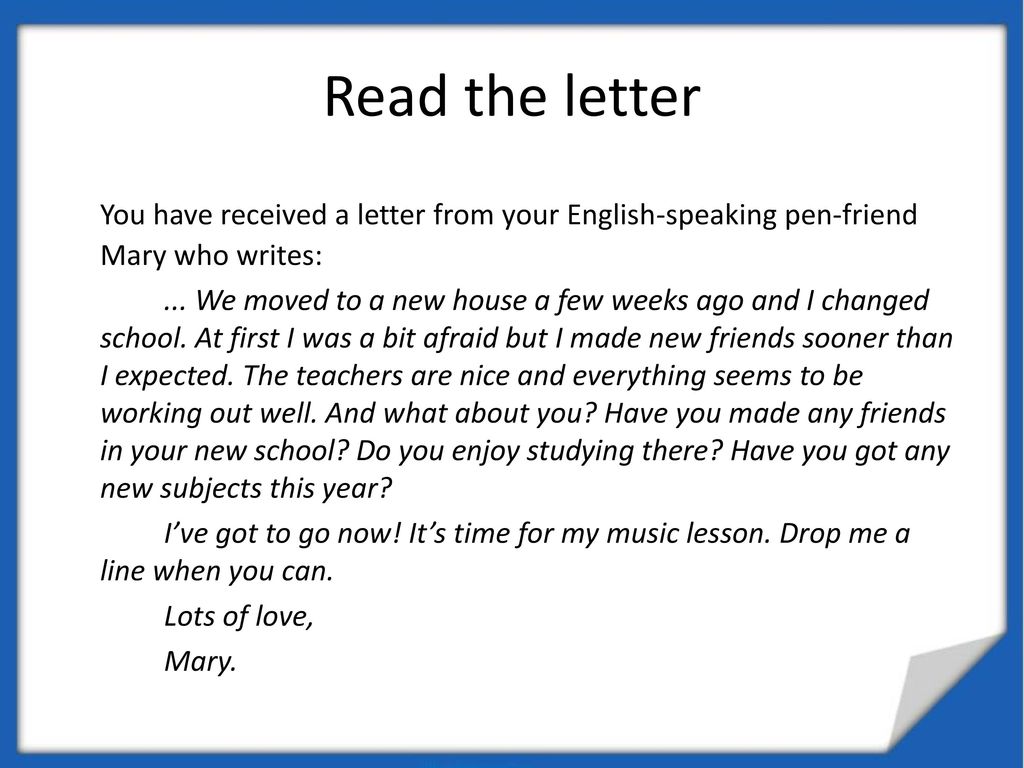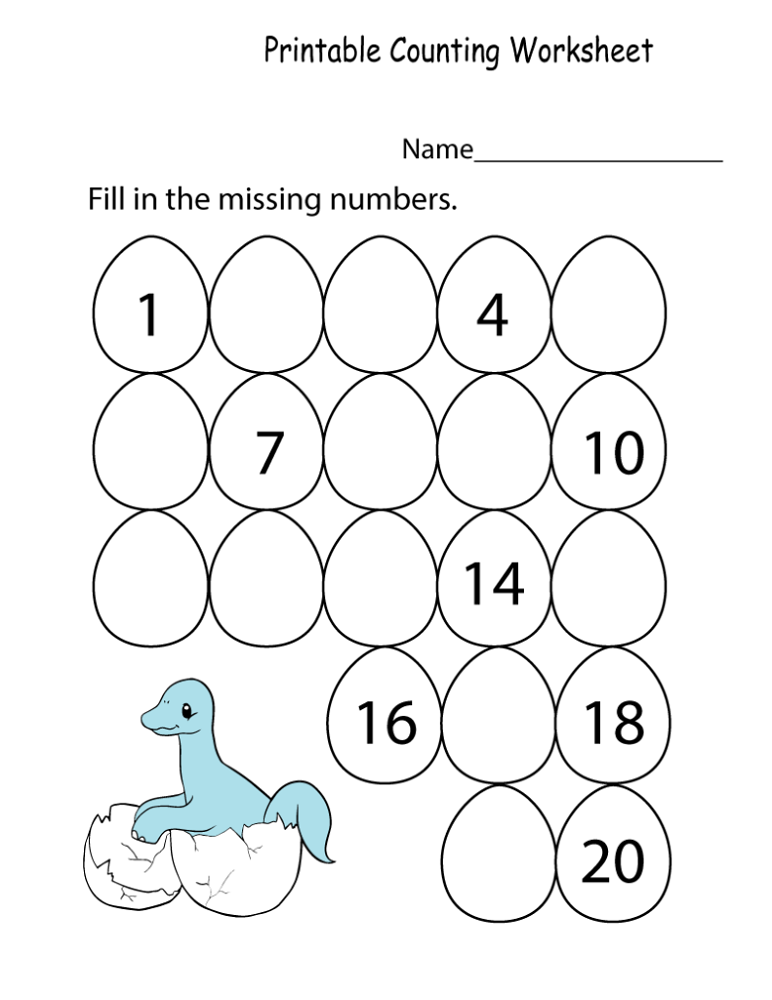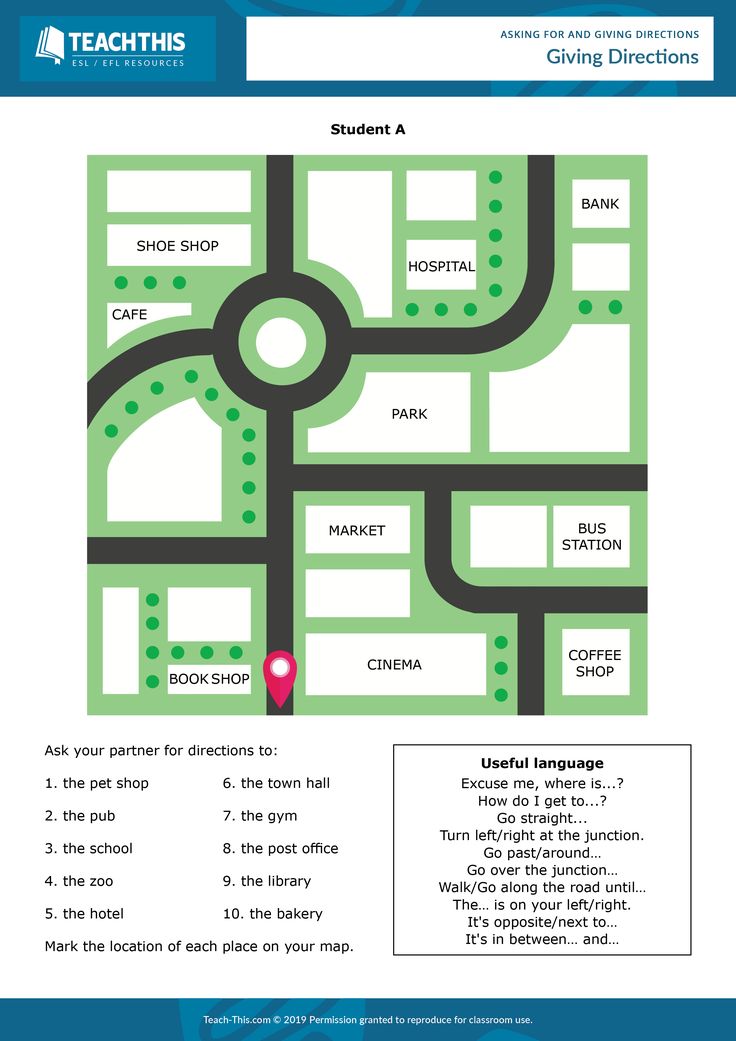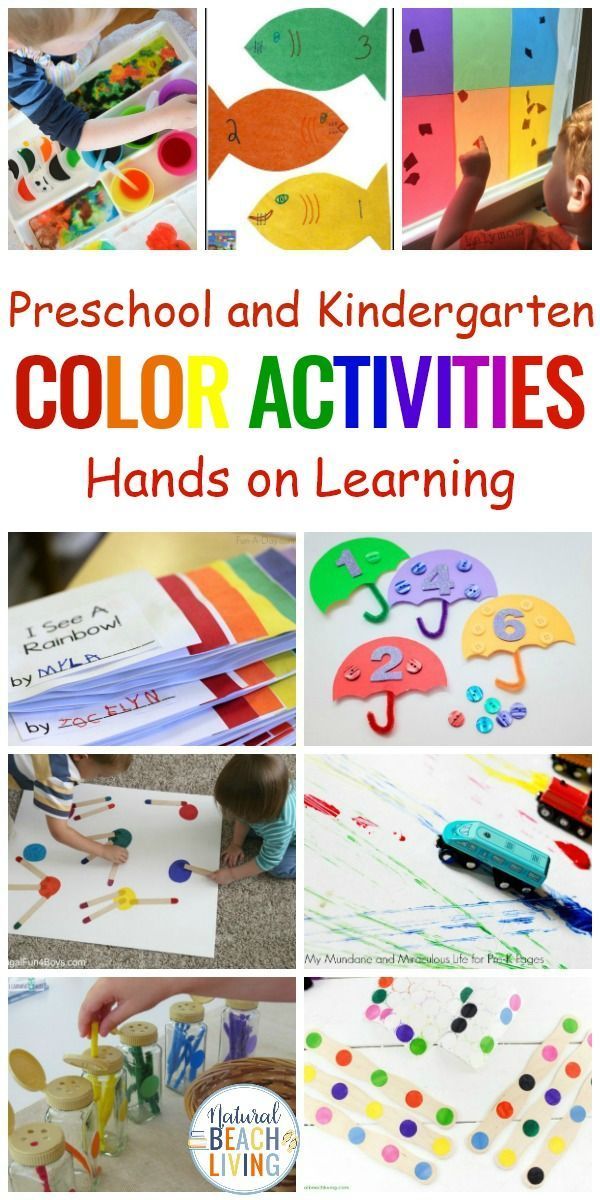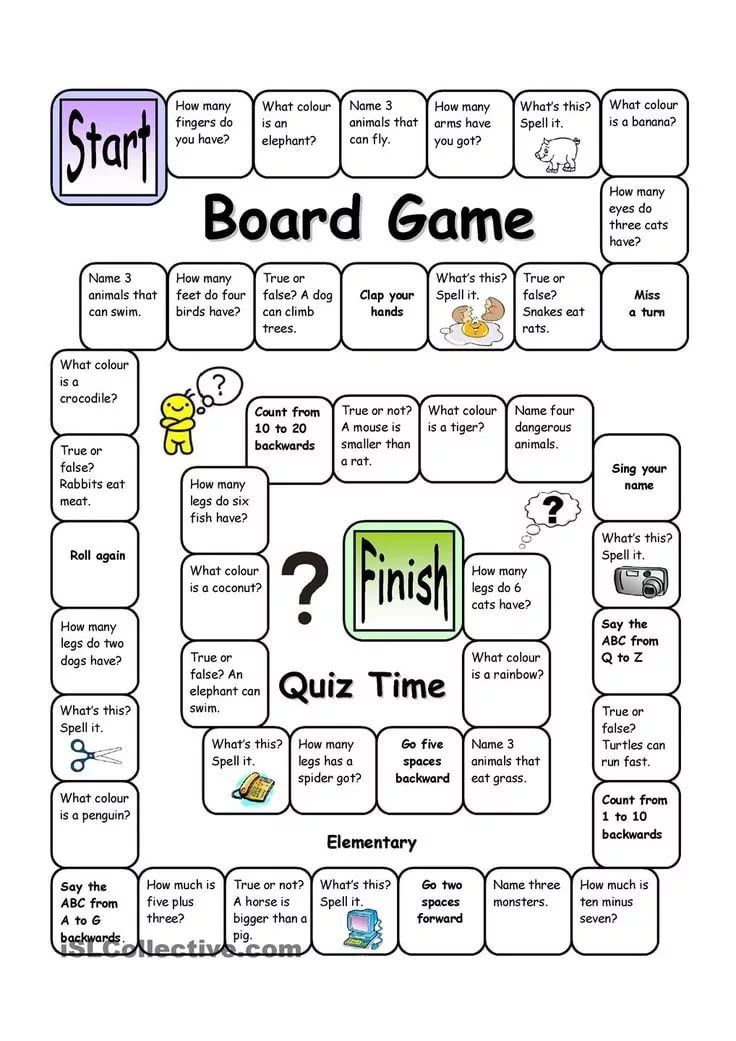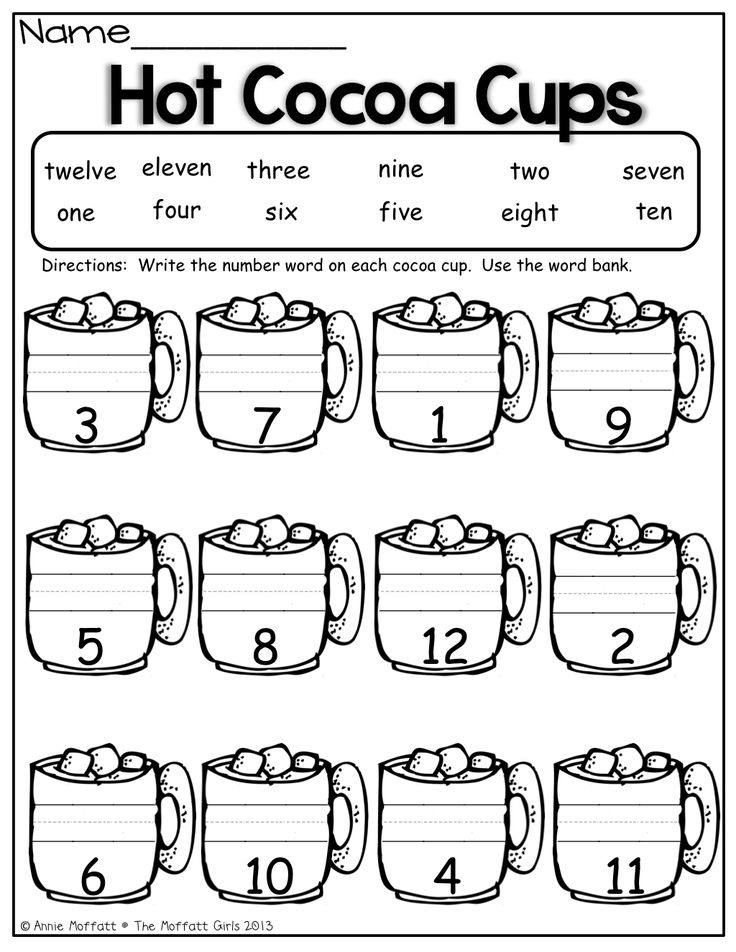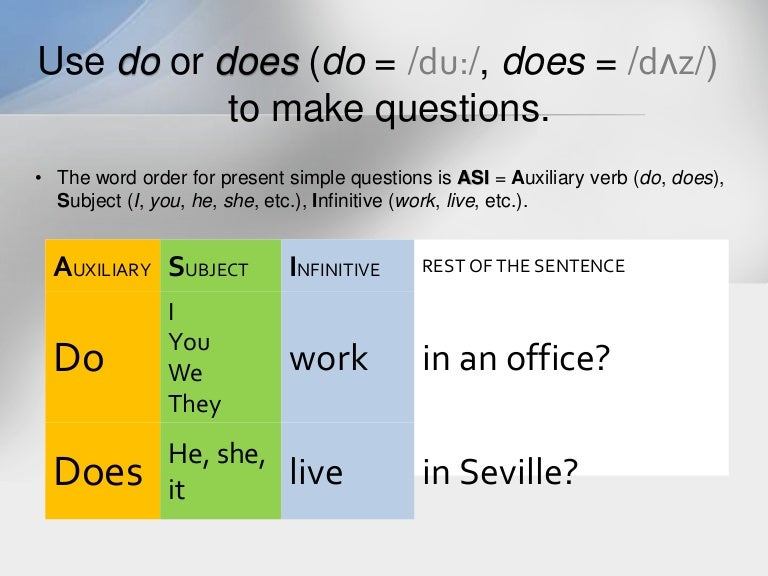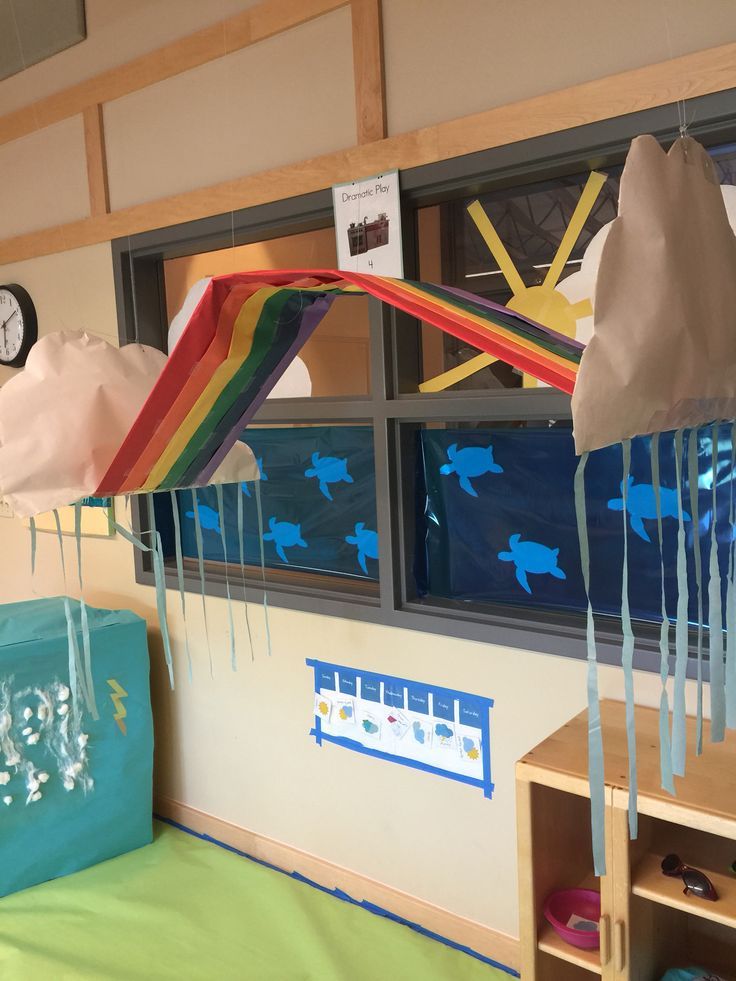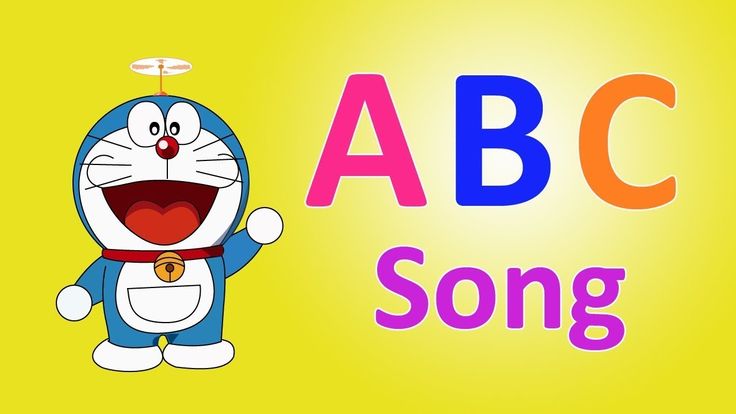Emergent stage of literacy
Emergent Literacy
American Speech-Language-Hearing Association (ASHA), 2006
Emergent Literacy: Early Reading and Writing Development
Froma P. Roth, PhD, CCC-SLP
Diane R. Paul, PhD, CCC-SLP
Ann-Mari Pierotti, MA, CCC-SLP
Children start to learn language from the day they are born. As they grow and develop, their speech and language skills become increasingly more complex. They learn to understand and use language to express their ideas, thoughts, and feelings, and to communicate with others. During early speech and language development, children learn skills that are important to the development of literacy (reading and writing). This stage, known as emergent literacy, begins at birth and continues through the preschool years. Children see and interact with print (e.g., books, magazines, grocery lists) in everyday situations (e.g., home, in preschool, and at daycare) well before they start elementary school. Parents can see their child's growing appreciation and enjoyment of print as they begin to recognize words that rhyme, scribble with crayons, point out logos and street signs, and name some letters of the alphabet.
Gradually, children combine what they know about speaking and listening with what they know about print and become ready to learn to read and write.
Are Spoken Language and Literacy Connected?
Yes. The experiences with talking and listening gained during the preschool period prepare children to learn to read and write during the early elementary school years. This means that children who enter school with weaker verbal abilities are much more likely to experience difficulties learning literacy skills than those who do not. One spoken language skill that is strongly connected to early reading and writing is phonological awareness-the recognition that words are made up of separate speech sounds, for example, that the word dog is composed of three sounds: d, aw, g. There are a variety of oral language activities that show children's natural development of phonological awareness, including rhyming (e.g., "cat-hat") and alliteration (e.g., "big bears bounce on beds"), and isolating sounds ("Mom, f is the first sound in the word fish").
As children playfully engage in sound play, they eventually learn to segment words into their separate sounds, and "map" sounds onto printed letters, which allows them to begin to learn to read and write. Children who perform well on sound awareness tasks become successful readers and writers, while children who struggle with such tasks often do not.
Who Is at Risk?
There are some early signs that may place a child at risk for the acquisition of literacy skills. Preschool children with speech and language disorders often experience problems learning to read and write when they enter school. Other factors include physical or medical conditions (e.g., preterm birth requiring placement in a neonatal intensive care unit, chronic ear infections, fetal alcohol syndrome, cerebral palsy), developmental disorders (e.g., intellectual disabilities, autism spectrum), poverty, home literacy environment, and family history of language or literacy disabilities.
Early Warning Signs
Signs that may indicate later reading and writing and learning problems include persistent baby talk, absence of interest in or appreciation for nursery rhymes or shared book reading, difficulty understanding simple directions, difficulty learning (or remembering) names of letters, failure to recognize or identify letters in the child's own name.
Role of the Speech-Language Pathologist
Speech-language pathologists (SLPs) have a key role in promoting the emergent literacy skills of all children, and especially those with known or suspected literacy-related learning difficulties. The SLP may help to prevent such problems, identify children at risk for reading and writing difficulties, and provide intervention to remediate literacy-related difficulties. Prevention efforts involve working in collaboration with families, caregivers, and teachers to ensure that young children have high quality and ample opportunities to participate in emergent literacy activities both at home and in daycare and preschool environments. SLPs also help older children or those with developmental delays who have missed such opportunities. Children who have difficulty grasping emergent literacy games and activities may be referred for further assessment so that intervention can begin as early as possible to foster growth in needed areas and increase the likelihood of successful learning and academic achievement.
Early Intervention Is Critical
Emergent literacy instruction is most beneficial when it begins early in the preschool period because these difficulties are persistent and often affect children's further language and literacy learning throughout the school years. Promoting literacy development, however, is not confined to young children. Older children, particularly those with speech and language impairments, may be functioning in the emergent literacy stage and require intervention aimed at establishing and strengthening these skills that are essential to learning to read and write.
What Parents Can Do
You can help your child develop literacy skills during regular activities without adding extra time to your day. There also are things you can do during planned play and reading times. Show your children that reading and writing are a part of everyday life and can be fun and enjoyable. Activities for preschool children include the following:
- Talk to your child and name objects, people, and events in the everyday environment.
- Repeat your child's strings of sounds (e.g., "dadadada, bababa") and add to them.
- Talk to your child during daily routine activities such as bath or mealtime and respond to their questions.
- Draw your child's attention to print in everyday settings such as traffic signs, store logos, and food containers.
- Introduce new vocabulary words during holidays and special activities such as outings to the zoo, the park, and so on.
- Engage your child in singing, rhyming games, and nursery rhymes.
- Read picture and story books that focus on sounds, rhymes, and alliteration (words that start with the same sound, as found in Dr. Seuss books).
- Reread your child's favorite book(s).
- Focus your child's attention on books by pointing to words and pictures as you read.
- Provide a variety of materials to encourage drawing and scribbling (e.g., crayons, paper, markers, finger paints).
- Encourage your child to describe or tell a story about their drawing and write down the words.
If you have concerns about your child's speech and language development or emergent literacy skills, please contact a certified speech-language pathologist. Go to ASHA's Web site at www.asha.org for more information and referrals, or call 800-638-8255.
What It Is And Why It’s Important
What Is Emergent Literacy?
Emergent literacy is the stage during which children learn the crucial skills that lead to writing and reading.
Literacy builds on the foundations of language to include the advanced ways in which we use language to communicate — primarily through reading, writing, listening, watching, and speaking with one another.
Components Of Emergent Literacy
Emergent literacy is made up of several different parts. Your child will encounter these essential components as they begin to explore reading. They include:
- An interest and enjoyment in print — handling books and relating them to their stories or information.
- Print awareness: how to handle a book, reading from left to right.
Your child recognizes pictures and some symbols, signs, or words.
- An interest in telling and listening to stories. They attend to, repeat, and use some rhymes, phrases, or refrains from stories or songs.
- They make marks and use them to represent objects or actions. An understanding that words are made up of letters, recognizing letters when they see them.
- Your child comprehends meaning from pictures and stories.
And the list goes on! Really, emergent literacy components help your child understand the basic tools they’ll need to read all sorts of books and other materials in the future.
Why Is Emergent Literacy Important?
Almost every skill we learn in life requires some preliminary learning in order to finally achieve mastery. For example, you probably didn’t wake up one day knowing how to make pancakes (although if you did, we would love to learn your secrets!).
Instead, you first had to learn what ingredients you needed, how much to measure each item, how long to cook the batter, and so on.
Reading and writing require these same preparatory steps, also known as emergent literacy.
Emergent literacy preps your child’s brain with the skills they’ll need to learn how to read. And while this may sound complex, many emergent literacy skills develop naturally!
When your child points at something and you follow their direction or when you call their attention to noises, objects, or people in their surroundings by speaking to them, you’re helping your child develop emergent literacy skills.
You’re helping them acquire the same tools they’ll incorporate into their future learning, from reading their very first storybook to writing a master’s thesis.
Supporting Your Child’s Emergent Literacy Skills
Here are some fun and easy ways you can stimulate your child’s emergent literacy skills at home.
Read Aloud
Reading aloud is the most effective way for a child to learn to love books and the power of stories. Loving to read begins with loving to listen to stories!
Our team at HOMER believes that investing in read-aloud sessions with your child substantially improves many of the skills they need on their lifelong reading journey.
For emergent readers, there are few things more wonderful (or effective) than sitting down with mom or dad and uncovering the worlds that live between the covers of a book.
With you as their guide, your child will grow more confident and reassured as they gradually learn about the things they love (like how many different types of dogs exist or how the sky makes rainbows).
Reading aloud to your child also helps strengthen their imagination and build their curiosity. While listening to you recount the wonderful world inside of a story, your child’s mind will be actively running through images, scenarios, and all the colorful possibilities that lie beyond the page.
Reading aloud is one of the easiest, most rewarding ways for you to bond with your child while helping them learn. Consider that by reading aloud to them and encouraging their participation, you are empowering them as learners.
Additionally, you will reap the benefits of understanding their interests more deeply, engaging with their budding imagination, and instilling confidence in their learning process.
Let Your Child Take Charge
As your child grows, their sense of independence and autonomy continues to develop. While we know these early years are precious, we also know you’re hopeful your child will grow into a strong, independent learner who reads well and frequently.
Allowing your child to assert their unique personality and independence every now and then can be beneficial in engaging their emergent literacy skills.
These moments may seem small at first, but even the simplest freedoms in your child’s routine can have huge impacts on their individualism! It’s all about allowing your child to exert a certain amount of control over their reading time.
For example, instead of you turning the pages during your reading time together, allow your child to dictate when the pages should be turned. This may take some getting used to for them as they learn the pace of reading aloud in conjunction with the words they see printed.
You can also let them experiment with narrating! Even if your child cannot read yet (we know they’re called emergent readers for a reason!), allowing them to use their toddler-talk through the story shows them that they will read one day not far away.
Finally, letting your child pick out the book you’ll read together is a great way to engage their sense of independence. It gives them something to look forward to while reading with you and also gives you insight into their interests.
If you find your child keeps reaching for the same book multiple times, don’t worry — rereading is highly beneficial, too!
Take Your Time
Don’t be afraid to slow it down for your child while you’re reading together, or even just in your daily speech.
We know we’re all guilty of it. For so long, our babies aren’t sure how to “properly” talk back yet, so there may be the occasional time when we find ourselves mumbling to our baby without really engaging them, or simply saying nothing at all!
Taking time to be more conscientious of the ways in which you talk to your child, especially in their very young years, can help them gain the skills they’ll need to read, speak, and write.
Especially when reading together, there’s no need to rush! We recommend taking your sweet time. Even if it’s just with one page of a book at a time, slow down and ensure your child is engaged.
Consider these questions:
- Does your child recognize every animal on a page?
- Do they know what color this character’s hair is or whose hair it resembles in your family?
- Do they know what sound a truck makes?
- When you say the word “surprise,” does your child react in a way that conveys understanding (throwing their hands up in exclamation or even clapping)?
Addressing these questions can help you and your child slow down and take in all the details that are in a story.
Keep The Conversation Going
If you like the idea of our last emergent literacy strategy, this one pairs perfectly with it!
We know half of the adventure in helping your child learn to read is figuring out what gaps in their understanding still need to be filled. The other part of the journey is keeping them engaged and interested and seeing how far your conversations with one another can go!
As your child expands their vocabulary and begins utilizing it, we encourage you to elaborate on the things they may point out to you. For example, if you’re walking together and they see a dog, they may point at it and say, “puppy!”
In any scenario like this, following up their observation with a cheer is great. Following up with more questions is even better! After affirming they saw the right thing (or correcting them if they mistakenly called it a kitty, for example), ask them about details and descriptions.
You could say, “Does this puppy have long ears? Yes, he does! Feel how soft his ears are. Isn’t his fur shiny, brown, and so soft? What a cute puppy.”
Injecting these details and descriptions into your conversations might feel silly, but it helps your child immensely!
By expanding on the image they identified, you’re directly contributing to their understanding of the scene in front of them. The next time they see a puppy in a park, they may take your lead and say, “Look! A big puppy!”
This progress shows that your child’s emergent literacy is growing!
Let Your Child “Write”
Emergent literacy incorporates writing as well as reading. This may sound a little crazy — how can your child write if they don’t know how to read yet?
While your child may not be able to correctly write out words, we certainly encourage you to let them try! Even if it’s just scribbling, allowing your child to practice “writing” gets their brain going in the right direction.
It also prepares them for what writing is really like and shows them that they have the power to put words on paper. There are stages of learning how to write, and scribbling is the first step!
Asking for your child’s help with writing out short tasks can boost their confidence and their excitement about learning to write. Good options include grocery lists, birthday cards, get-well-soon cards, thank you notes, or notes for their siblings and family.
Whatever keeps them excited and engaged is a great vehicle for motivating their writing skills!
Emergent Literacy Is Just The Beginning!
We know that emergent literacy is only the start of your child’s reading and writing journey.
While you and your child are probably thrilled at the idea of their eventual independence and confidence when it comes to handling books, it’s going to take some time. And that’s perfectly OK!
Every child is different and will learn how to read and write in their own time. The important part is enjoying the adventures you have together on the way there!
We hope our emergent literacy tips were helpful! If you ever want to change up your routine and explore new ways to touch on these skills, our Learn & Grow app is a great place to start! The personalized practices will give your child the tools they need for their learning journey.
Author
Formation of FG in primary school
Formation of functional literacy in primary school
The concept of "functional literacy" has recently acquired significant relevance and new content in connection with the development of the problem of developing functional literacy.
The development of functional literacy in primary education is an urgent task of the teacher at the present time.
Functional literacy is a concept that refers to the ability of a child to freely use reading and writing skills in order to obtain information from text and to convey such information in real communication, communication through texts and other messages.
Elementary school lays the foundations for functional literacy.
There is intensive training in various types of speech activity - writing and reading, speaking and listening; the formation of methods of mathematical activity among elementary school students, which implements a competency-based approach to teaching.
At the initial stage of education, the main thing is to develop the ability of each child to think using such logical techniques as analysis, synthesis, comparison, generalization, classification, inference, systematization, seriation, denial, limitation.
Formation of functional literacy in elementary school lessons will be helped by tasks corresponding to the level of logical techniques.
The basic skill of functional literacy is reading literacy . In modern society, the ability to work with information (to read, first of all) is becoming a prerequisite for success.
It is important to pay great attention to the development of reading awareness.
Conscious reading is the basis of self-development of a personality - a competent reader understands the text, reflects on its content, easily expresses his thoughts, communicates freely. Conscious reading creates the basis not only for success in the lessons of the Russian language and literary reading, but is also a guarantee of success in any subject area, the basis for the development of key competencies.
The next type of functional literacy of a primary school student is m mathematical literacy is the ability of a person to identify and understand the role of mathematics in the world in which he lives, to make well-founded mathematical judgments and to use mathematics in such a way as to satisfy present and future needs inherent in a creative, interested and thinking citizen.
The subject of mathematics involves the formation of mathematical counting skills, familiarization with the basics of geometry; the formation of the skill of independent recognition of objects on a plane, the practical ability to navigate in time, the ability to solve problems, the plot of which is associated with life situations.
Special importance is attached today to the formation of logical literacy among students and the main means of its formation are mathematics lessons. The main task of mathematics lessons is the intellectual development of the child, an important component of which is verbal-logical thinking.
Science literacy is the ability of a person to acquire and use science knowledge to recognize and ask questions, to acquire new knowledge, to explain natural science phenomena, and to draw conclusions based on scientific evidence in relation to natural science issues.
The subject "The World around" is integrated and consists of modules of natural science and social and humanitarian orientation, and also provides for the study of the basics of life safety. In the lesson, we practice the skill of designating events in time using language means: first, then, earlier, later, before, at the same time. We consolidate the child's recognition of health as the most important value of human existence, the ability to take care of their physical health and comply with the rules of life safety. The guys have the opportunity to prepare their own material on a given topic, as well as their own questions and assignments, which they do with great pleasure.
Financial literacy - a set of knowledge, skills and attitudes in the field of human financial behavior, leading to improved well-being and quality of life. More details on the website page
Electronic educational resources Russian Electronic School https://resh.edu.ru/ The resource presents interactive lessons that include a short video with a teacher's lecture, tasks and exercises to consolidate the acquired knowledge and develop skills, as well as test tasks to control the assimilation of the material. Yandex.Tutorial https://education.yandex.ru/lab/classes/367152/library/functional-literacy/ The platform presents a set of tasks for developing skills in working with information, as well as complex tasks for all academic subjects. Federal Institute of Pedagogical Measurements an open bank of assessment tools in the Russian language for monitoring and assessing the quality of education at the level of primary general education (grades I-IV) and basic general education (grades V-IX) and secondary general education (grades X-XI, basic and advanced levels ) within the framework of the project "Formation of an open bank of evaluation funds in the Russian language - https://fipi.ru/otkrytyy-bank-otsenochnykh-sredstv-po-russkomu-yazyku Prosveshchenie Publishing House content The methodology is similar to teaching reading, writing and mathematical calculations. Thus, the main strategy for starting spatial literacy is: Soares (2003) considers literacy to be the study of technology, proficiency in writing, reading, and the relationships that exist between graphemes and phonemes and various writing instruments. That is, it is a process that goes far beyond the deciphering of letters and syllables. Students are required to register and complete reading assignments at various stages, combining the writing system with language practices. The main theorist of the literacy process in Brazil is Jean Piaget, who talks about the difficulty of understanding the central thrust of constructivism. His work in genetic epistemology is based on intelligence and the deconstruction of knowledge, whether individual or collective. 1. Space. In this learning, visual stimuli are fundamental to the acquisition of content. People with this type of intelligence can recognize and find shapes and objects in addition to projecting mental images. Spatial concepts of orientation, direction, proximity, laterality, external and internal, place, distance. Basically, there are 4 known literacy methods: These are: Presyllabic level (distinguishing between drawing and writing), Syllabic level (building ways to distinguish writing, that is, how many letters, which letters and how they should be organized so that they can say something), Alphabetical level. syllabic level and alphabetical (phonetization of writing. Stages of literacy Reading, songs, rhymes help young children develop speech. These activities are part of the preparation for literacy as they help develop the basic skills of learning to read and write. A literacy teacher is a professional responsible for planning and implementing pedagogical activities that enable students to develop reading and writing skills with comprehension. 10 activities to stimulate your child's literacy at home What are literacy process skills? Therefore, the constructivist process of literacy is associated with construction, in which the child performs a number of conceptual schemes, that is, these are his own ideas, which he tests and is reflected at the level of mental operations. As Vygotsky (1995:183) said, “mastery of written language means for the child mastering an extremely complex system of symbolic signs,” and for the author, the biggest problem in this process is to teach the child written language and not letters. Spatial intelligence can be defined as the ability to understand the world in three dimensions, physically and mentally. This intelligence is related to the ability of a person to deal with aspects such as color, line, shape, figure, space and the relationships that exist between them. For Ascenção et al (2018), spatial thinking is one of the components of the notion of geographical thinking, as well as the underlying concepts of spatiality — time, space, scale and processes (ASCENÇÇÃO E VALADÃO, 2017, p. 28) — and the dimensions of human cognitive abilities. Spatial representation or spatial orientation is the child's ability to place and orient in relation to objects, people and his own body in a given space. Have students write down their location in the classroom on a sulfite sheet. At this point, they can use the resource they find most appropriate: drawing, cutting and pasting, or even, for those who can already read and write, a written description. Ask them not to give their names. Spatial differentiation is the result of the combined action of natural and social processes that have created a fragmented, uneven, complex and variable, but articulated surface of the Earth. Thus, the earth's surface can be viewed as a kaleidoscope, allowing for various readings. How children learn to read Perhaps you, mom or dad, learned to read like this: first vowels, then consonants. Syllabary: At this stage, the child sees that it is impossible to write one letter for each syllable. Since this is a transition from "syllabic" to "alphabetical", the child begins to write sometimes with a whole syllable, and sometimes with a letter for each syllable. An infant or child must first know the letters of the alphabet so that words can then be formed, that is, he must learn that words are made up of these letters. Of these letters, vowels should be entered first. The student who knows the syllabic language dictates the names to be written, and the student who knows the syllabic hypothesis writes. Thus begins the first conflict for first graders who have not yet associated writing with speech. Speech is related to writing in a real context in the process of dictating another person to write. The stages of acquiring writing, according to Emilia Ferreiro, are as follows: Levels of writing - presyllable, syllabic, syllabic and alphabetic. Step by step, step by step, the child in the literacy stage develops the ability to write. Levels in the process of literacy How to teach a child to read? Ferreiro (1999, p. 47) argues that "literacy is not a state to which a person arrives, but a process that in most cases begins before school and does not end at the end of primary school." Goodman (1980, Apud Ferreiro & Palacio, 1987, p. Neuroscience studies show that at the age of 6 a child can already be included in the process of systematic literacy education. It is important to note that this process is completed by about 7 and a half years, 7 years and 8 months. According to the Common Base for National Curricula (BNCC), literacy education for children should begin in the 1st grade of primary school, around the age of 6 years. At the literacy stage, there are schools that begin introducing letters at about 4 or 5 years of age. In this case, children who are already in school may begin to gradually learn to be truly literate around the age of 6-7. What are the characteristics of a good literacy teacher? There are some characteristics that I consider fundamental for literacy teachers, such as being a permanent researcher; have clarity of the curriculum, an understanding of what students need to learn; understand assessment as an integral process of student learning, etc. Graduates of the Licentiate and Pedagogy can teach in elementary and secondary schools of basic education. In preschool education (nurseries and preschools) and in the first four years of primary school, teachers with a minimum secondary education are admitted as usual. Therefore, the literacy environment should be organized in such a way that it is a learning tool and includes several text genres that should be accessible to students and allow them to interact with them. To do this, you need to follow four basic recommendations to make literacy faster and more effective. On the lid, write each letter of the alphabet with a marker (you can repeat for more letters). You can leave slips of paper and a pen, along with caps, inside the box to draw objects, letters or words, having the children insert the corresponding letters into the necks. See some of them below: READING, WRITING AND INTERPRETATION: THE THREE PILLARS OF THE TEACHING PROCESS | Digital space platform. While literacy develops the study of written letters and symbols, literacy is linked to the social function of reading and writing. It refers to the understanding, interpretation and use of language in social practices. Thus, this concept includes the ability to decode (a word written with sound) and encode (a sound in a written word). In this understanding, literacy is about giving the learner the elements to understand how this code works, how to decode phonemes into graphemes and vice versa. 9 daily activities to improve your spatial intelligence How to work with spatial representations in preschool education? For example, put some items on the table and some under the chairs. During this time, talk to the children and demonstrate by example the concepts of "up" and "down". Ask them which item is on the table and which is under the chair. Good spatial thinking skills are associated with good mathematical ability. Here are five of the best ways based on our research. Videos with teachers' lectures are supplemented with illustrations, fragments from documentaries and feature films, audio files, copies of archival documents, etc.
prosv.ru/content/?situations=true&level=1
Spatial blog
What is the main strategy for developing spatial literacy?
How to explain literacy?
What strategies should literate students develop?
Use a series of content-focused activities where one step is linked to another.
What is Piaget's literacy?
What is spatial learning?
What are spatial representations?
What is the order of the alphabet?
What are the literacy rates?
What are the steps in the literacy process?
What to teach in the first place to read and write?
What activities should a literacy teacher perform?
What are the best activities for teaching literacy?
What are the four concepts of literacy?
What is constructivist literacy?
What does Vygotsky write?
.
What are spatial skills?
What is spatial thinking according to BNCC?
What to work on spatial representation?
This is the ability to determine what is on the right or on the left; in front or behind; above or below itself, or another object in relation to another.
How to work on spatial orientation in elementary school?
What are the spatial differences?
Which letter to learn first?
Letters were combined into syllables, and syllables into words.
What is an alphabetic-syllabic learner?
What should I learn the vowels or the alphabet first?
What is a pre-silabic student?
What are the 4 stages of writing?
What are the five stages of writing?
How to assess the level of literacy?
How to teach to read words?
What does Emilia Ferreiro say about literacy?
What is the best age to read and write?
At what age is it better to learn to read and write?
It is expected that the integral literacy of students will be completed by the second year of primary school.
How to become a good literacy teacher?
Who can teach literacy classes?
What should be the environment for teaching literacy in the classroom?
How to alphabetize a fast learner?
Use cardboard to glue a few colored syllables together.
What are the three pillars of literacy?
What is the difference between literacy and literacy?
What does it mean to encode and decode?
How to develop spatial thinking?
How to work with spatial perception in preschool education?
How to work on spatial structuring?


